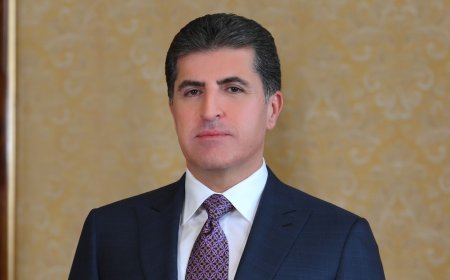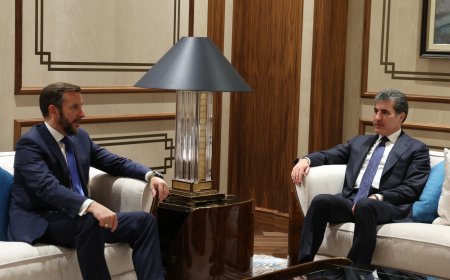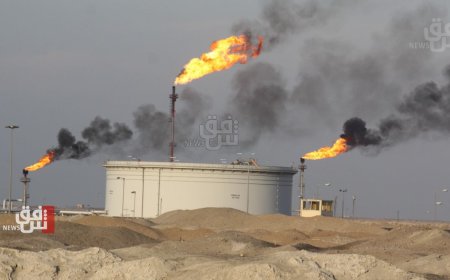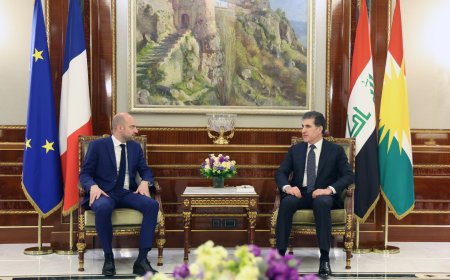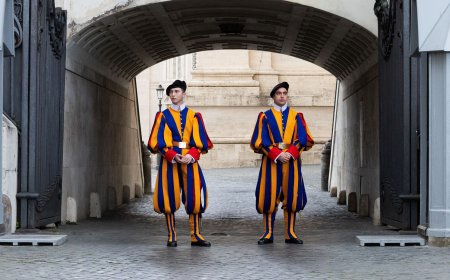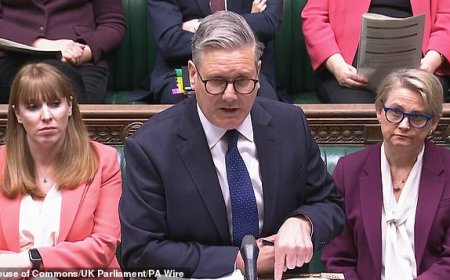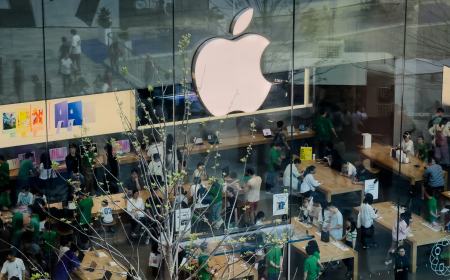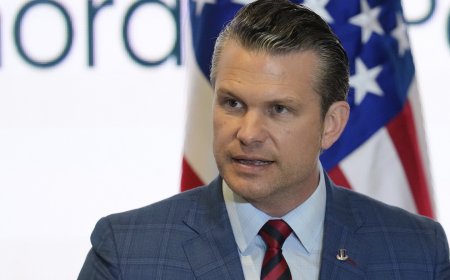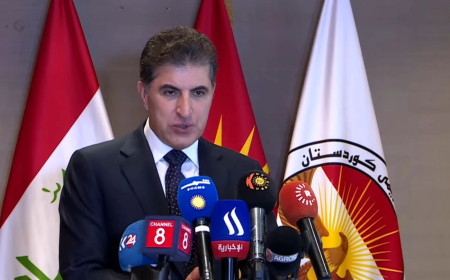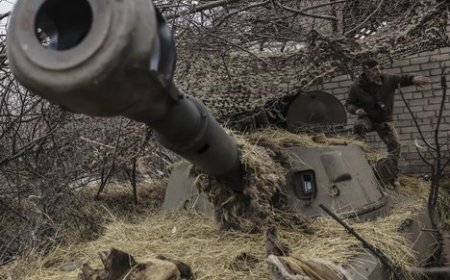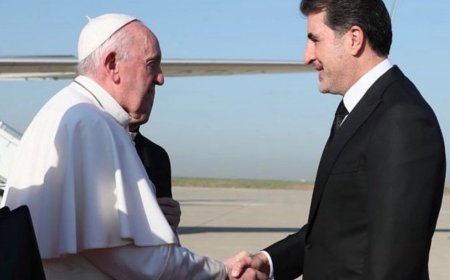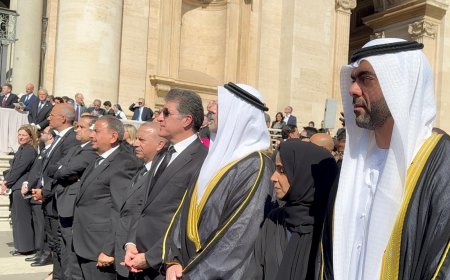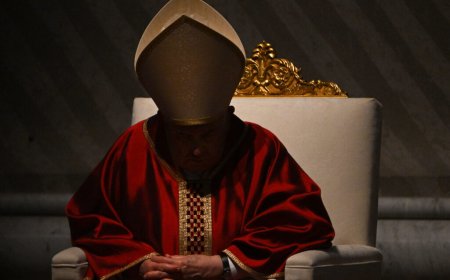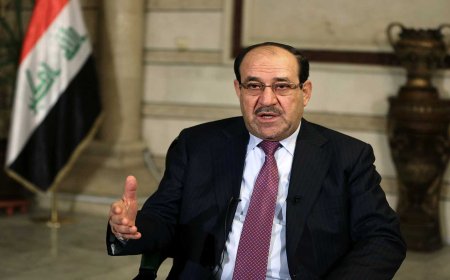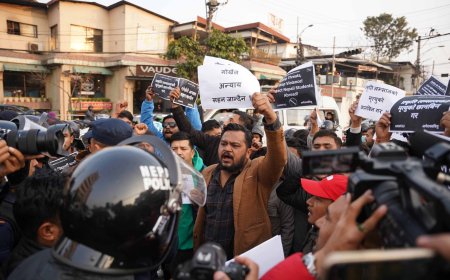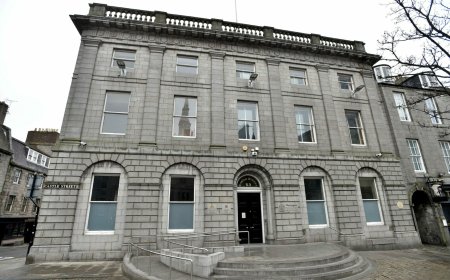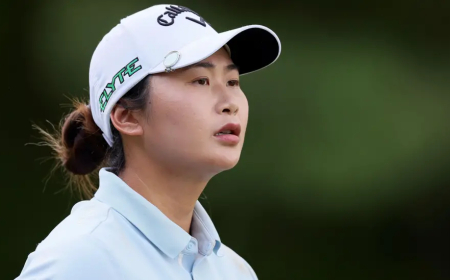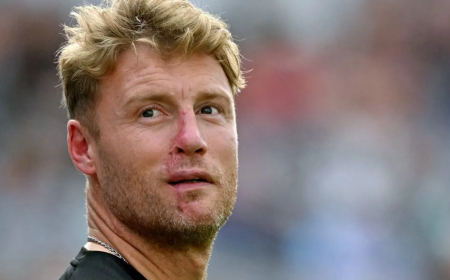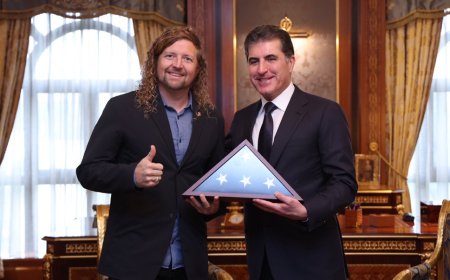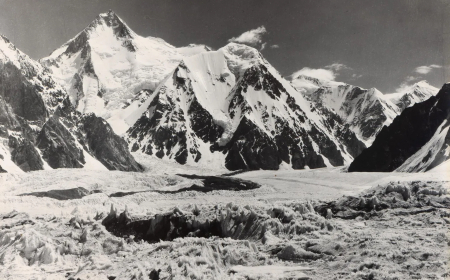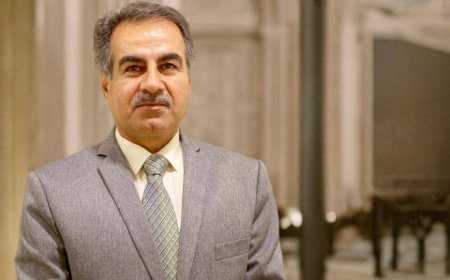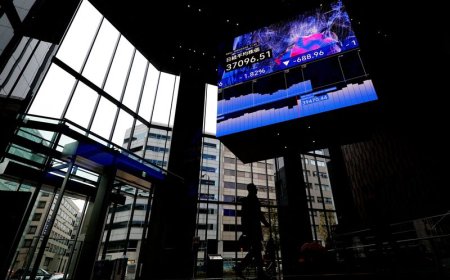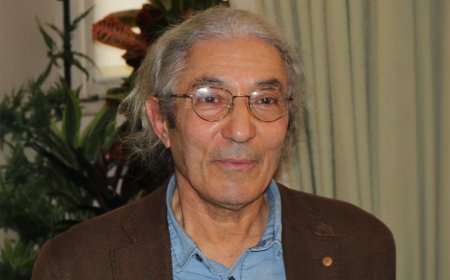From Conflict to Coexistence: Kurdistan's Model for a New Middle East
Sirwan Abdulkarim Ali/PhD in English Literature and Cultural Studies
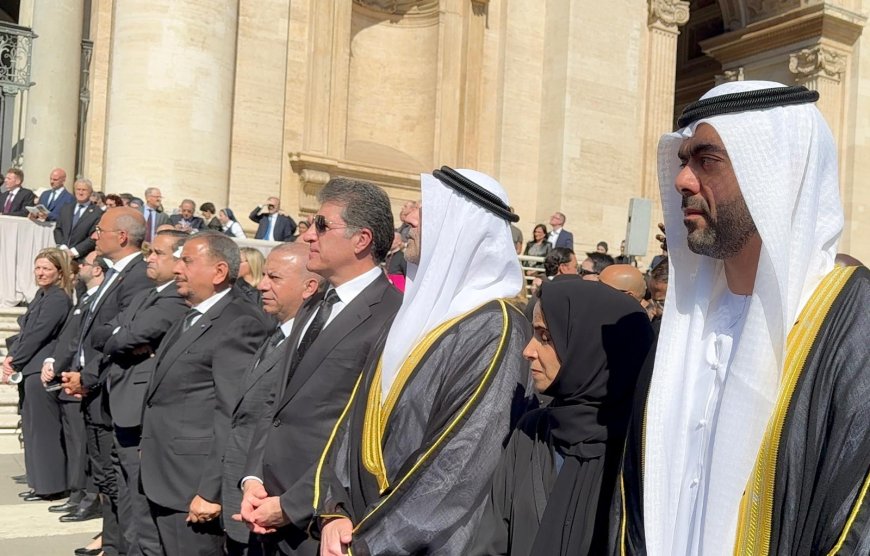
President Nechirvan Barzani’s visit to the Vatican represents an important political step reflecting his vision for religious harmony, coexistence and multiculturalism. This visit is not merely about traditional diplomatic relations, but rather represents a strategic political decision to position Iraqi Kurdistan Region as a factor of stability in a troubled region of the Middle East.
Attending the global event at the Vatican and showing respect to Pope Francis’s departure affirms the role that the president seeks to play as a bridge for dialogue between different cultures and religions. The Vatican and Pope’s funeral represent a global moral and political event that attracts various leaders regardless of their religious affiliations, and President Nechirvan Barzani's presence there symbolizes his adoption of an approach that exceeds the narrow boundaries of closed identities.
The president’s agenda communicates with the world through multiple channels including sports, youth, development, and economy. Sports as a universal means for dialogue and communication with youth; development as a foundation for creating the strength for coexistence; aid and services as a guarantee to provide life options for young people away from crime and terrorist activities; and the economy as the base for continuity, development, and achievement.
The Iraqi Kurdistan Region holds a special position in this context; it represents a center of religious harmony in Iraq, hosting both the oldest religious minorities in the Region, as well as a diverse range of religions. Under his leadership, it has provided shelter for all sects, making it a unique model in the region.
President Nechirvan's approach is characterized by using the "language of diversity" to articulate a vision of tolerance and pluralism in Middle Eastern societies. This language contrasts sharply with the prevailing "language of homogeneity" that calls for accession to an ethnic or sectarian majority. International experience is rich with examples of how diversity offers opportunities for economic and social development and cultural and human enrichment, which the President appears to seek to implement in the Iraqi Kurdistan Region and expand throughout the Middle East.
The Kurdistan Region today, thanks to an extraordinary historical coincidence and clear leadership vision, is considered the only Region in the Middle East that hosts a multi-ethnic society governed by a multicultural democracy. This model has become possible because the main groups share power in a way that respects the specificities of each component.
President Nechirvan Barzani's leadership is not based on optimistic speeches and theoretical principles alone, but on a concrete vision and long-term strategic plan that has led to the emergence of a region striving for prosperity, security, and stability amid a turbulent regional environment. In the midst of ongoing conflicts and wars in neighboring countries, the Kurdistan Region appears to be influencing these countries to embrace the experience of peaceful coexistence and the building of democratic institutions.
The president recognizes the importance of education in promoting this vision, emphasizing the scientific and multicultural orientation of the educational system. According to this vision, a multicultural educational approach should be a fundamental and profound adjustment of the entire teaching process, not merely adding some subjects or lectures or developing existing textbooks. In a world where capitalism challenges traditional values, and regional conflicts make countries focus on their external economic relations, the Kurdish model seems to offer an alternative that combines cultural identities and economic interests in a balanced way.
This model faces internal and external challenges, but steps such as the Vatican visit show a determination to overcome these challenges and open up to the world. The participation of youth and civil society in this process becomes vital to ensure the sustainability of this vision and its transformation into tangible reality.
The presence of Iraqi Kurdistan Region’s President at the burial of the 266th pope of the Roman Catholic Church, Pope Francis, represents a step on a long road toward building a model for religious harmony and coexistence in a region that has long suffered from conflicts. This model, if successfully implemented with the support of the Iraqi state and the international community, could enable the Kurdistan Region to prosper, and transform it into a positive contributor and moderating influence in its troubled regional environment.
